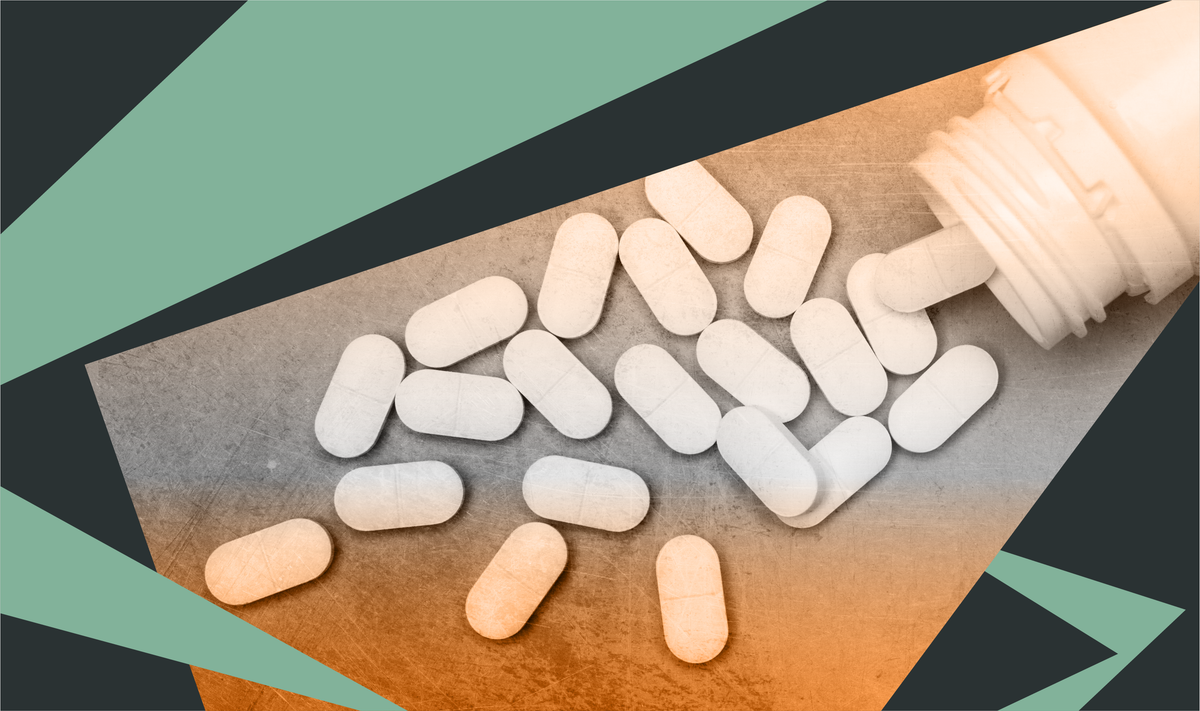Mass overdose in Baltimore fuels conversation about ‘cut’ street drugs
Plus, news of an overdose in Virginia inspired discussions about naloxone.

Plus, news of an overdose in Virginia inspired discussions about naloxone.
After 27 people overdosed in Baltimore on the same day after ingesting an unknown street drug, social media users warned about substances that are unknowingly “cut,” or mixed, with fentanyl or xylazine, which increases the risk of overdose. Other conversations highlighted the importance of carrying naloxone after a Virginia woman responded to an overdose with naloxone from a community event.
Given these conversations, communicators may share information about drug test strips, naloxone, and other harm reduction tools.

Insights brought to you by the reporters and science writers of Public Good News (PGN), a nonprofit newsroom dedicated to improving community health.
What’s trending nationally in conversations about substance use
Recent articles reported that 27 people in Baltimore’s Penn North neighborhood were hospitalized for overdoses in one day. The overdoses were allegedly caused by an unknown drug that was given to people seeking street drugs as a “sample.” As of July 15, no deaths from this event have been reported, which harm reduction advocates attribute to the availability of naloxone. In response to articles about the overdoses, social media posts across platforms discussed the dangers of street drugs that may be unknowingly mixed with fentanyl or xylazine, which increase the risk of overdose, and some expressed stigmatizing attitudes toward people who use drugs. Reddit users in the subreddit r/Baltimore shared information about where people can get harm reduction supplies and find naloxone trainings nearby.
On July 6, a Virginia news outlet reported that a woman revived a man experiencing an overdose using naloxone that she received at an event held by a local nonprofit. Most social media commenters highlighted the importance of carrying naloxone. A few falsely suggested that naloxone “enables” drug use and expressed stigmatizing attitudes toward people who use drugs.

Recommendations brought to you by the health communication experts behind Infodemiology.com.
Recommendations for public health professionals
Each week, the Infodemiology.com team will provide messaging recommendations in response to some of the trending narratives outlined above. These helpful tips can be used when creating content, updating web and FAQ pages, and developing strategy for messaging about opioids.
In response to news about a recent mass overdose, messaging may emphasize that street drugs may be unknowingly mixed with substances like fentanyl (a potent opioid) or xylazine (a non-opioid tranquilizer), which increase the risk of overdose. Messaging may explain that fentanyl test strips help people determine whether their drugs contain fentanyl so they can make educated decisions about drug use. Xylazine test strips are also available. However, drug test strips are not legal everywhere, so communicators may ensure that any messaging reflects their state’s drug checking equipment laws. Messaging may emphasize that the only way to know for sure if a drug contains fentanyl or xylazine is to test the entire batch. Drug test strips may be available through local harm reduction programs or online. Highlighting the signs of an opioid overdose is recommended. Additionally, communicators may emphasize that naloxone, a medication that can reverse an opioid overdose, should be administered any time an overdose is suspected. While naloxone won’t work on non-opioids like xylazine, giving naloxone is still recommended due to the risk of laced drugs.
News stories about bystanders successfully responding to an overdose provide an opportunity to explain that naloxone may be available for free through local harm reduction programs. People can also purchase it at some grocery stores and convenience stores, online, and over the counter at pharmacies. Messaging may emphasize that providing naloxone does not increase drug use and that experts have consistently attributed declining overdose deaths to the availability of this lifesaving medication. Sharing information about how to use naloxone and directing people to any local naloxone trainings is recommended. Communicators may explain that bystanders should always call 911 if they suspect an overdose. Communicators may also want to direct people to local harm reduction programs that provide additional resources, like infectious disease testing and treatment.
